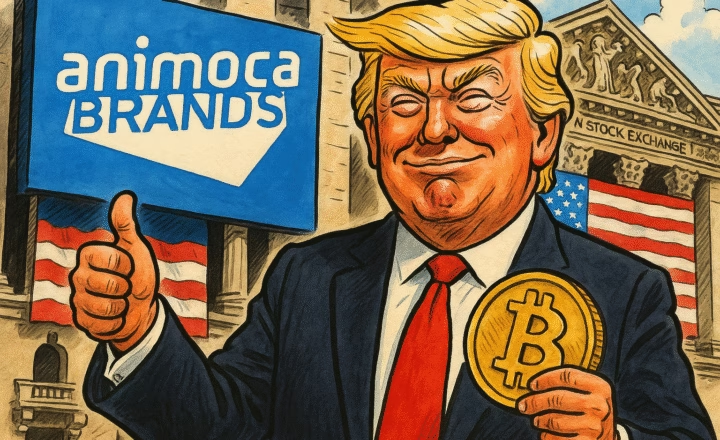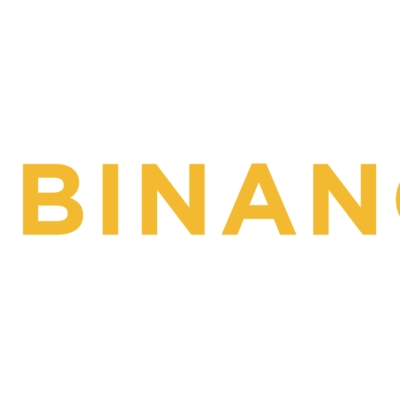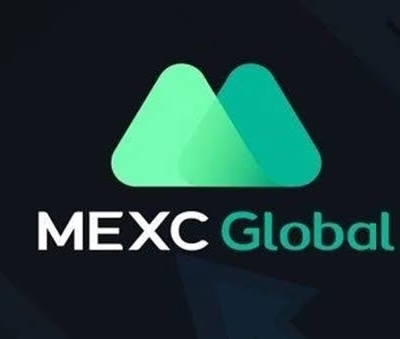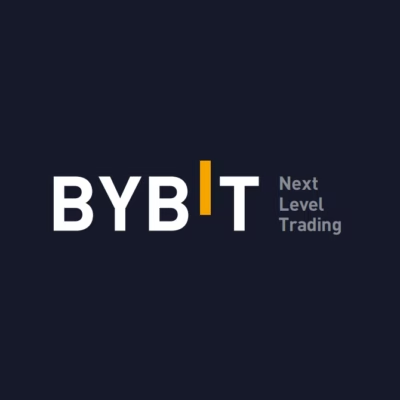$10M Ripple Investment and RLUSD Integration Mark Further Move Into Asset Tokenization
Guggenheim Partners, one of the largest investment managers in the United States, is expanding its footprint in the tokenized asset space through a new collaboration with blockchain firm Ripple. Under the partnership, Guggenheim Treasury Services will offer its U.S. Treasury-backed commercial paper product on the XRP Ledger, with Ripple investing $10 million in the asset as part of the launch.
The collaboration marks a growing convergence between traditional finance (TradFi) and crypto-native infrastructure, particularly around the emerging trend of real-world asset (RWA) tokenization.
Treasury-Backed Paper Goes Onchain
According to Bloomberg, the commercial paper product is fully backed by U.S. Treasurys, offering customized maturity options of up to 397 days. The integration with the XRP Ledger will allow for onchain issuance, settlement, and transparency, all while retaining the conservative yield characteristics associated with short-term debt instruments.
Markus Infanger, senior executive at RippleX, said the product may also be available for purchase using Ripple’s stablecoin, RLUSD, a U.S. dollar-pegged digital asset that has already reached a circulating supply of over $350 million since launching in December 2024.
“The use of RLUSD and the XRP Ledger in this initiative aligns with Ripple’s broader goal of bridging crypto and traditional markets through scalable tokenization solutions,” Infanger told Bloomberg.
Not Guggenheim’s First Tokenization Move
The Ripple partnership builds on Guggenheim’s earlier exploration of blockchain-based finance. In September 2024, the firm tokenized a $20 million commercial paper issuance on the Ethereum blockchain, marking its initial entry into the RWA tokenization space.
This latest move signals Guggenheim’s growing interest in cross-chain interoperability and further diversification of tokenization platforms, as financial institutions seek the optimal blockchain infrastructure for high-volume, compliant digital asset offerings.
Wall Street Ramps Up Tokenization Efforts
Guggenheim’s XRP Ledger initiative comes amid a surge in RWA tokenization activity on Wall Street. Major asset managers and banks are racing to bring money market funds, government bonds, and other traditional financial instruments onchain.
Notable examples include:
-
BlackRock’s BUIDL: The USD Institutional Digital Liquidity Fund, which runs on Ethereum and now holds nearly $3 billion in assets
-
Franklin Templeton’s OnChain US Government Money Fund
-
Fidelity’s tokenized money market fund
In parallel, venture capital investments in tokenization platforms are also ramping up. Jump Crypto recently made an undisclosed investment into Securitize, the firm behind BlackRock’s BUIDL fund. Securitize now manages over $4 billion in tokenized assets.
“Tokenization is not a niche — it’s a new standard for asset distribution,” one institutional analyst said. “It’s about efficiency, transparency, and global access.”
Making Tokenization More Accessible
Crypto-native protocols are also working to bring tokenized RWAs to a broader investor base. For instance, Midas, a German protocol, launched a tokenized Treasury bill product on Algorand, offering no minimum investment requirements — unlike BUIDL’s $5 million institutional threshold.
These developments suggest a dual-track growth model for tokenized assets: one geared toward institutional players seeking scale and regulatory certainty, and another aimed at retail and smaller institutional investors seeking democratized access.
Ripple’s Tokenization Push
Ripple has been steadily pivoting toward real-world asset infrastructure, positioning the XRP Ledger as a neutral, efficient blockchain for enterprise-grade financial products. Its push into tokenized Treasurys via RLUSD and now the Guggenheim partnership reflects that evolution.
Ripple’s RLUSD stablecoin has quickly gained traction in the digital asset market and is being positioned as a settlement layer for tokenized TradFi products. Integration with products like Guggenheim’s short-term debt offering could provide a clear use case for RLUSD in institutional financial flows.
Conclusion
Guggenheim’s decision to offer its U.S. Treasury-backed commercial paper on the XRP Ledger — with Ripple investing $10 million in the product — highlights a key milestone in the institutional adoption of blockchain finance. The move further cements the role of real-world asset tokenization as a central theme in the evolution of both crypto and traditional finance.
As Wall Street and crypto-native firms continue to converge, partnerships like this suggest the future of finance is not blockchain vs. TradFi — but blockchain with TradFi.












